
.NET Core Workers as Windows Services


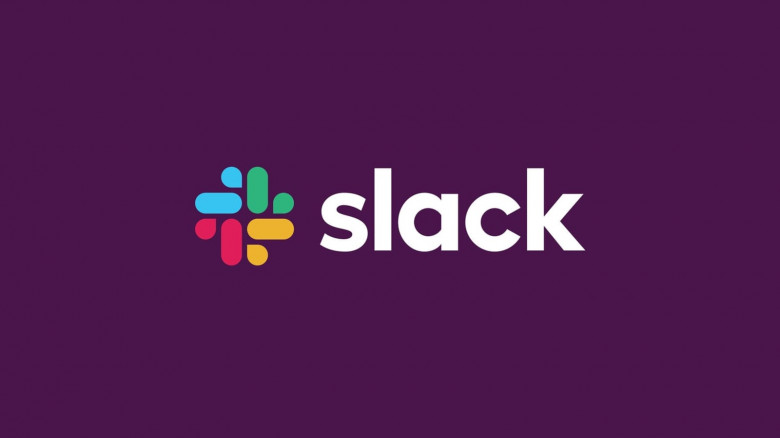
Arbeiten im technischen Support brachte zusätzlich zu allen Aufgaben die Pflicht mit sich, die Kommunikationskanäle zu überwachen. Dies wurde über den Grafana-Dienst realisiert, der die erforderlichen Metriken aus Zabbix bezog. Da die Art der Arbeit jedoch bedeutete, dass man nicht immer an seinem Arbeitsplatz sitzt, kam mir die Idee, dies ein wenig zu automatisieren und Benachrichtigungen auf das Telefon oder zum Beispiel in einen Messenger zu erhalten, falls ein Kommunikationskanal ausfällt. Allerdings hatte ich keinen Zugriff auf das Zabbix-System und auch keinen erweiterten Zugriff auf Grafana.
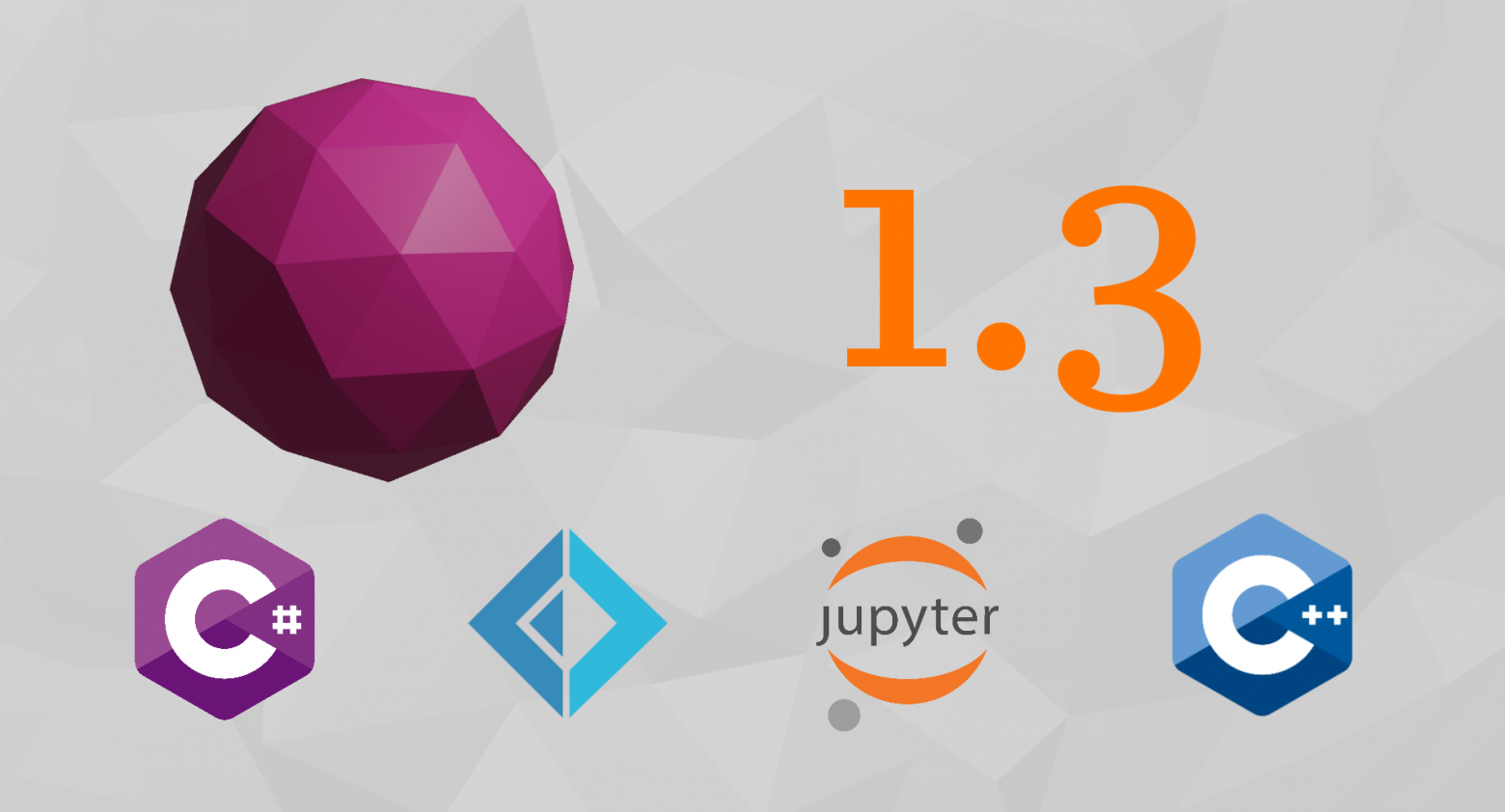
Four months of awesome work together with a few new contributors finally result in a new major release, which I'm happy to announce about.
Now we get completely new matrices, improved parser, a lot of new functions, almost rewritten interactive package (for working in Jupyter) and many more.
This article about a big update in a FOSS symbolic algebra library for .NET, I hope it may be interesting for someone!

Hackathons could be very intimidating and stressful. The key to getting better is doing simple projects. In this article, we will look at an example of a web app that can be used for sharpening your skills when you prepare for a hackathon. We will use a powerful Google API based on Machine Learning and apply the following technologies: ASP.NET, HTML, Docker, Heroku, and Git.

We don't often get the chance to write something on parallel programming issues. This time we "got lucky". The TraceEvent standard method has some implementation peculiarities. They resulted in an error with multiple threads blocking. So we'd like to warn users about this nuance and cover this interesting case from our users support practice. Why was our support involved? Keep reading to find out. Enjoy the reading!
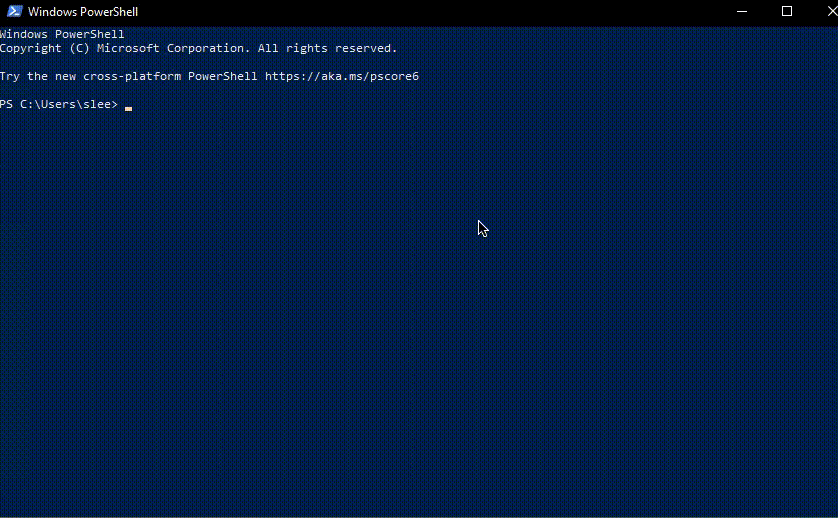
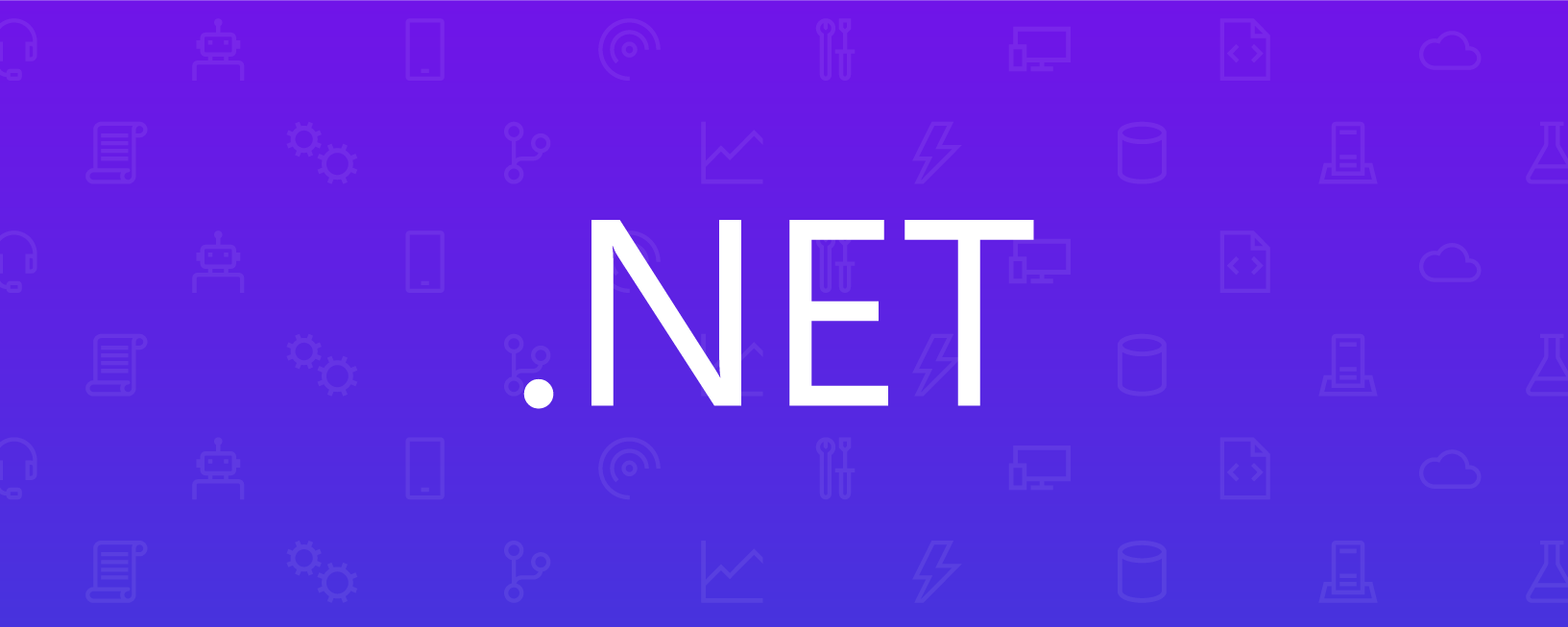
BigInt data type just 29 short days later!!! Remember, we’re outside Seattle, pretty far north, so our winter days are really short.BigInt type in December.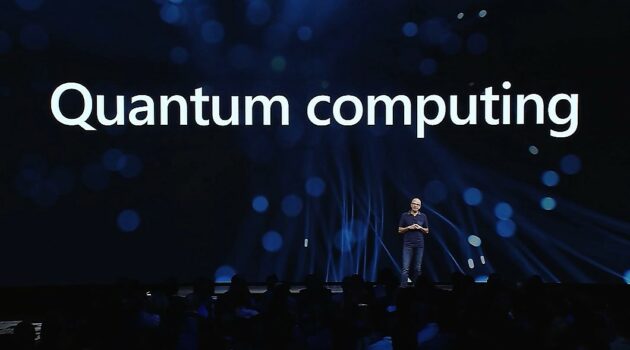
Visual Studio’s project templates enable you, the developer, to create multiple similar projects more efficiently by defining a common set of starter files. The project templates can be fully customized to meet the needs of a development team, or a group, and can be published to the Visual Studio Marketplace for others to download and use too! Once published, developers can install and access the template through Visual Studio’s New Project Dialog.
The newly designed New Project Dialog for Visual Studio 2019 was built to help developers get to their code faster. Using a search and filter focused experience, we are aiming to provide better discoverability for specific templates to start your application development
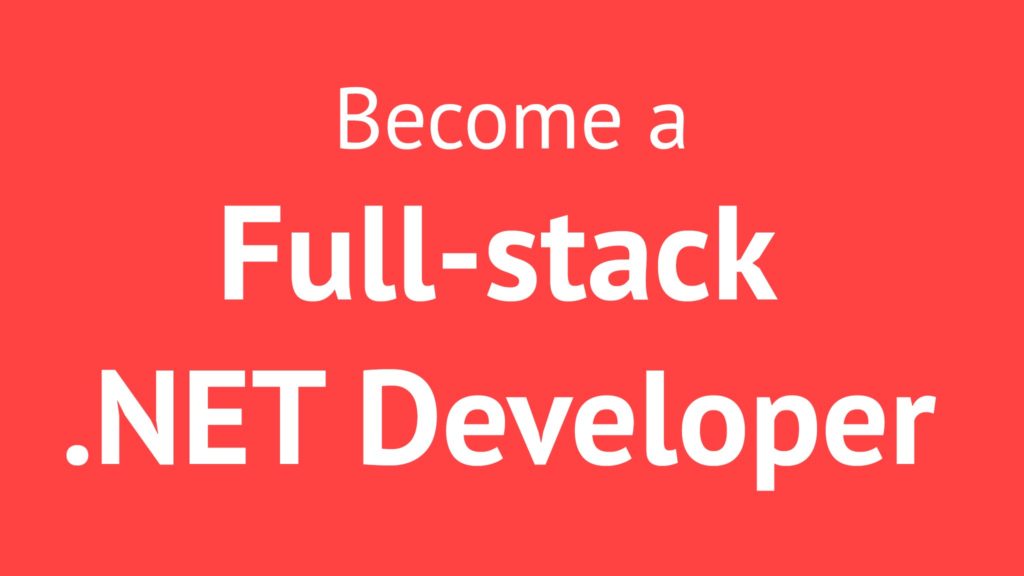
We are now publishing .NET Core container images to Microsoft Container Registry (MCR). We have also made other changes to the images we publish, described in this post.
Important: You will need to change FROM statements in Dockerfile files and docker pull commands as a result of these changes. 3.0 references need to be changed now. Most 1.x and 2.x usages can be changed over time. The new tag scheme is decribed in this post and are provided at the microsoft-dotnet-core repo, our new home on Docker Hub.
Summary of changes:


Gen Z – a generation of young people born between the last few years of the 20th century and the first ten years of the 21st, are the primary users of a modern-day Internet. They started using technology since their early childhood, being almost constantly glued to their smartphones and tablets, which led to them being very demanding users that have their own requirements in UX. At the same time, they are known for their sense of humor and straightforwardness – which means they love using products that are both easy to navigate but full of interactive elements. Below we’ve collected a few things you should consider when creating a UX design aimed at a young audience.

I’ve been wanting to sort it out about String memory optimization and all these ways to improve the performance and memory usage for Collections and Arrays in C#(as you remember String is an array of chars, loaded a bit differently but anyway) code. I finally managed to find some time to dive deeper into the System.Span.
I have put together this guide to share what I’ve learned. It’s filled with practical tips and examples to help you leverage Spans in your own projects. If you want to optimize your C# code, this guide is a great place to start!

This is a step-by-step research of a clear and intuitive approach to validate custom data in .NET applications with help of the Minimal API filters and the FlatValidator.
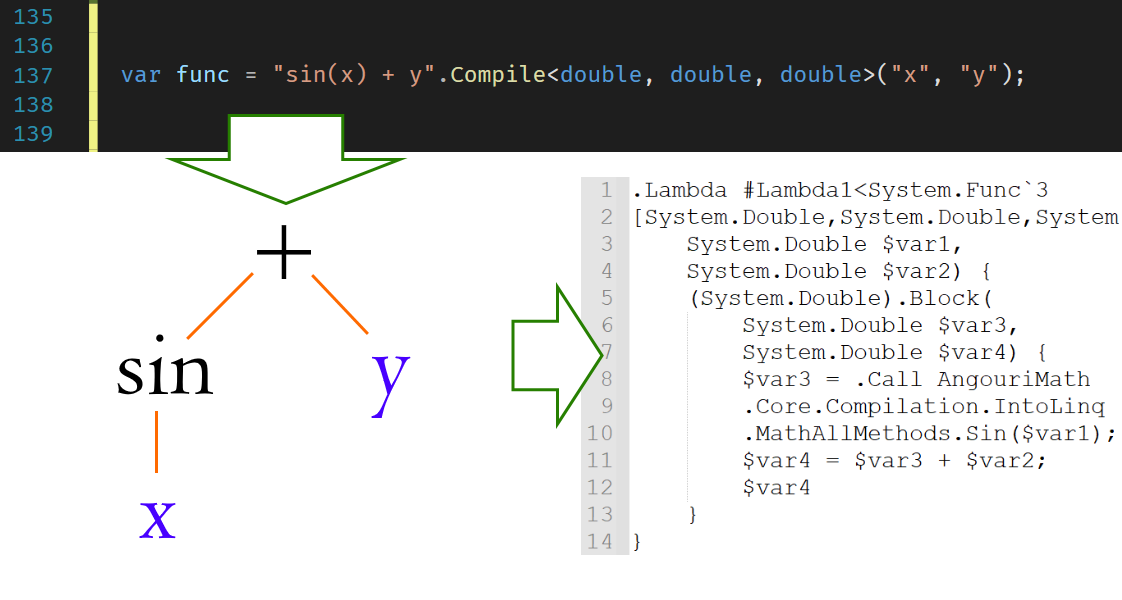
Here I am going to cover my own approach to compilation of mathematical functions into Linq.Expression. What we are going to have implemented at the end:
1. Arithmetical operations, trigonometry, and other numerical functions
2. Boolean algebra (logic), less/greater and other operators
3. Arbitrary types as the function's input, output, and those intermediate
Hope it's going to be interesting!
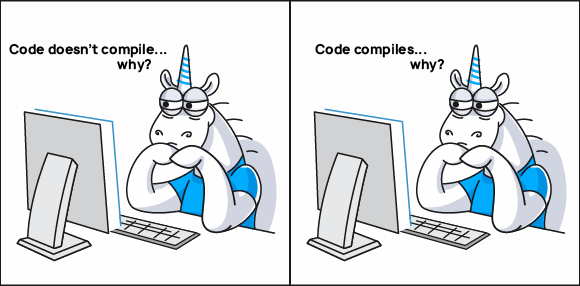
Surely every C# developer has used out-parameters. It seems that everything is extremely simple and clear with them. But is it really so? For a kickoff, let's start with a self-test task.
